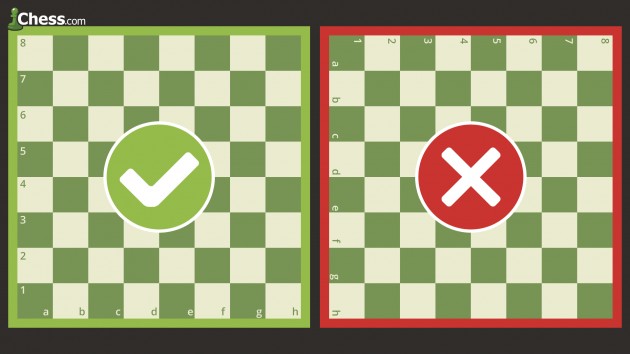Learning to play chess can seem daunting at first, but with a little patience and practice, anyone can grasp the fundamentals of this captivating game. This guide will provide a comprehensive overview of the rules, strategies, and essential concepts to get you started on your chess journey.
Setting Up the Chessboard
Before diving into the rules, let’s start with the foundation: setting up the board. Each player sits opposite each other, with a white (or light) square in the bottom right-hand corner.
The pieces are arranged in the same order on each side. The back rank (closest to the player) consists of the major pieces: Rooks in the corners, Knights next to them, then Bishops. The Queen is placed on her matching color square (white Queen on white, black Queen on black), and the King occupies the remaining square. The second rank is filled with Pawns.
Piece Movement
Each piece moves differently. No piece can move through another (except the Knight), and you cannot move onto a square occupied by one of your own pieces. However, you can capture an opponent’s piece by landing on its square.
The King
The King is the most important piece, but also one of the weakest. It can move one square in any direction. The King cannot move into check (a position where it could be captured).
The Queen
The Queen is the most powerful piece. She can move any number of squares diagonally, horizontally, or vertically.
The Rook
The Rook can move any number of squares horizontally or vertically. Rooks are especially strong when working together.
The Bishop
The Bishop moves diagonally any number of squares. Each Bishop starts on a specific color (light or dark) and remains on that color throughout the game.
The Knight
The Knight’s move is unique: an “L” shape – two squares in one direction (horizontal or vertical), then one square perpendicular to that. Knights are the only pieces that can jump over other pieces.
The Pawn
Pawns move forward one square, but capture diagonally forward one square. On their first move, Pawns can move forward two squares. They cannot move or capture backward.
Special Rules
Pawn Promotion
If a Pawn reaches the opposite side of the board, it can be promoted to any other piece (except a King), usually a Queen.
En Passant
This rule applies when a Pawn moves two squares on its first move and lands beside an opponent’s Pawn. The opponent’s Pawn can capture the first Pawn “en passant” (in passing) as if it had only moved one square forward. This capture must be made immediately on the next turn.
Castling
Castling is a special move involving the King and one Rook. The King moves two squares towards the Rook, and the Rook jumps over the King to land on the adjacent square. Castling can only be done if neither the King nor the chosen Rook has moved, there are no pieces between them, and the King is not in check or passing through check.
Gameplay and Winning
The player with the white pieces always moves first. Players alternate turns, moving one piece at a time (except when castling).
The goal of chess is to checkmate the opponent’s King. Checkmate occurs when the King is in check and cannot escape capture. A game can also end in a draw due to various reasons like stalemate (the King is not in check but has no legal moves), insufficient material to checkmate, threefold repetition, or the 50-move rule.
Basic Chess Strategy
To improve your game, focus on these key principles:
- Protect Your King: Castle early to a safer position.
-
Don’t Give Pieces Away for Free: Each piece has a relative value: Pawn (1), Knight (3), Bishop (3), Rook (5), Queen (9). The King is invaluable.
-
Control the Center: Pieces and Pawns in the center control more of the board.
-
Develop Your Pieces: Bring your pieces off the back rank early in the game to control more squares.
Practice and Learn
The best way to learn chess is to play! Practice online or with friends. Analyze your games to understand your mistakes and improve your strategy. There are also numerous resources available, such as online lessons and books, to deepen your understanding of the game.
Are you ready to start your chess journey? Learning chess is a rewarding experience that can provide years of enjoyment. So, find a board, learn the rules, and start playing! Good luck!
